In 1934 Mr Low won first prize again, with the Fife Free Press (22 Sept) noting that he was assisted by other station staff, Messrs Wishart, Melville, Wilson and Storrar. By 1935, the same newspaper (5 Oct) commented upon the pride that Largo residents must feel at their stations record of prize winning. Another first-class prize had been won that year under new stationmaster Mr Alexander R. Thomson. The article stated that:
"During the last ten years, five special and five first-class awards have been recorded. In 1926, 1927 and 1928, Mr J. H. Young, then stationmaster, obtained one special and two first-class awards. Mr Young is now retired and resides in Lundin Links, where he still pursues his favourite hobby - gardening. Four special awards and two first-class awards were secured from 1929 to 1934 inclusive. Mr P.D. Low was stationmaster during that period....Largo had indeed been fortunate in having railway officials taking a special pride in the appearance of the station gardens and premises."
Peter Low (pictured below) was Largo stationmaster for six years, succeeding James Young in 1929 and moving to Newburgh in 1935. Mr Low (who had started with the railways in 1902 as a boy messenger) won further prizes at Newburgh, where he retired from in 1949. Alexander Thomson was stationmaster at Largo from 1935 until 1940.
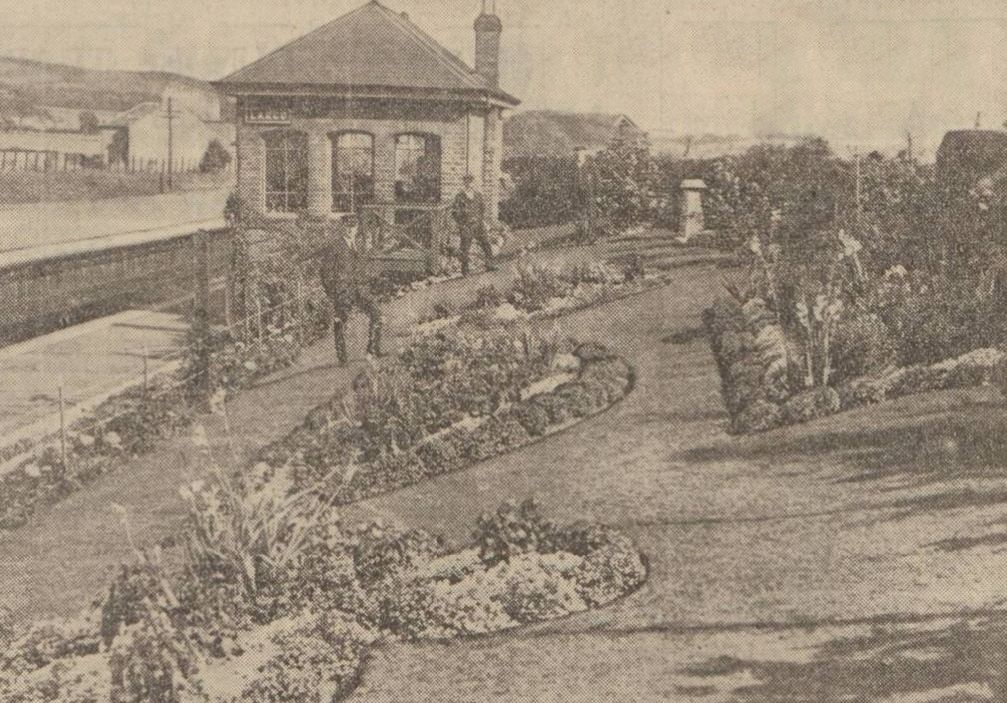
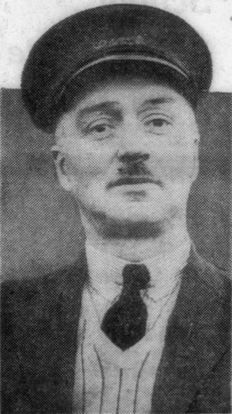
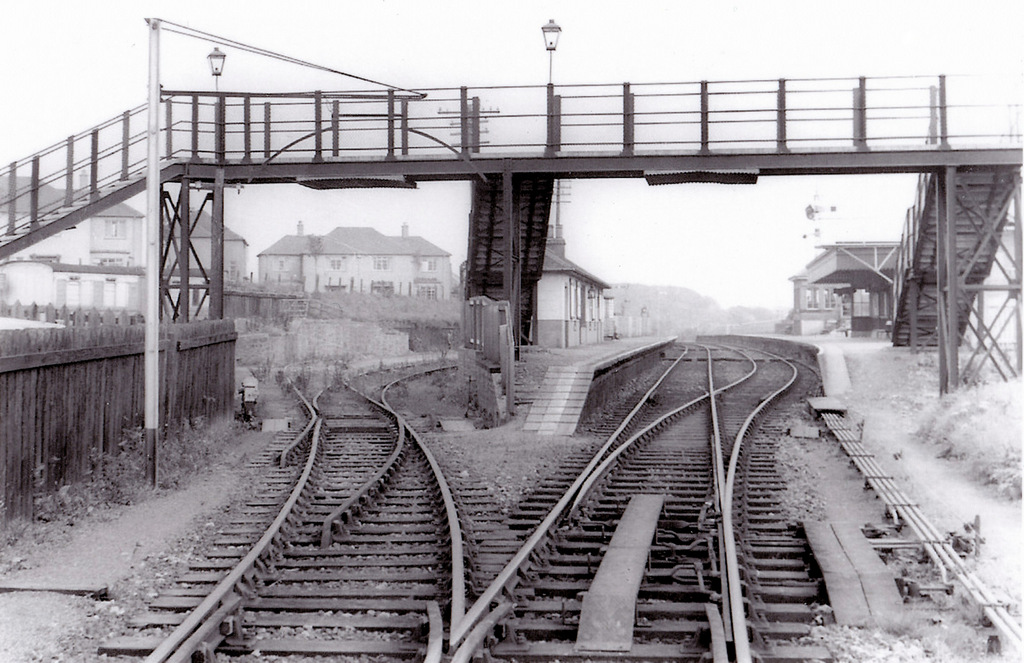
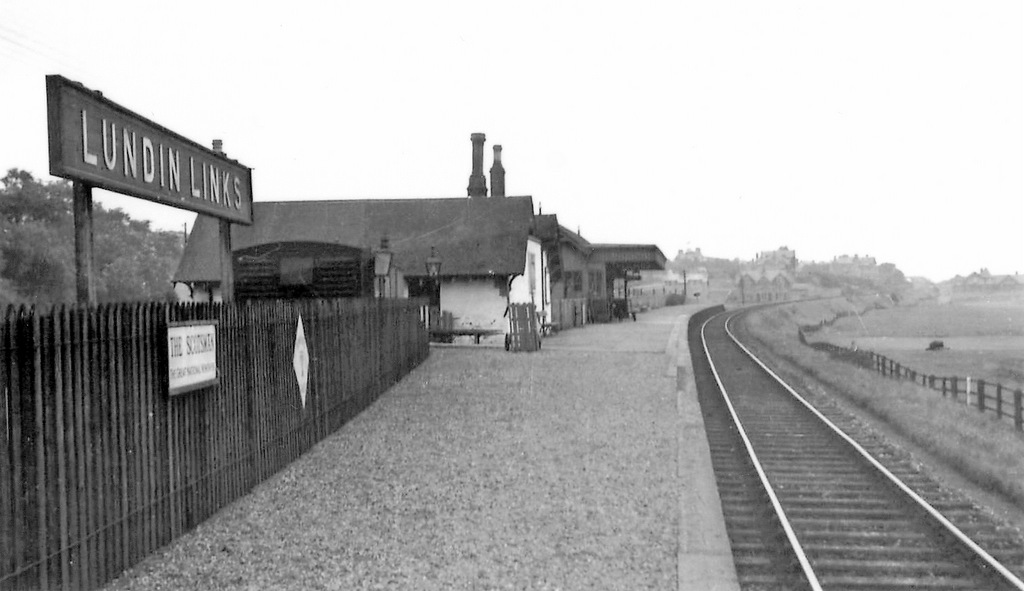

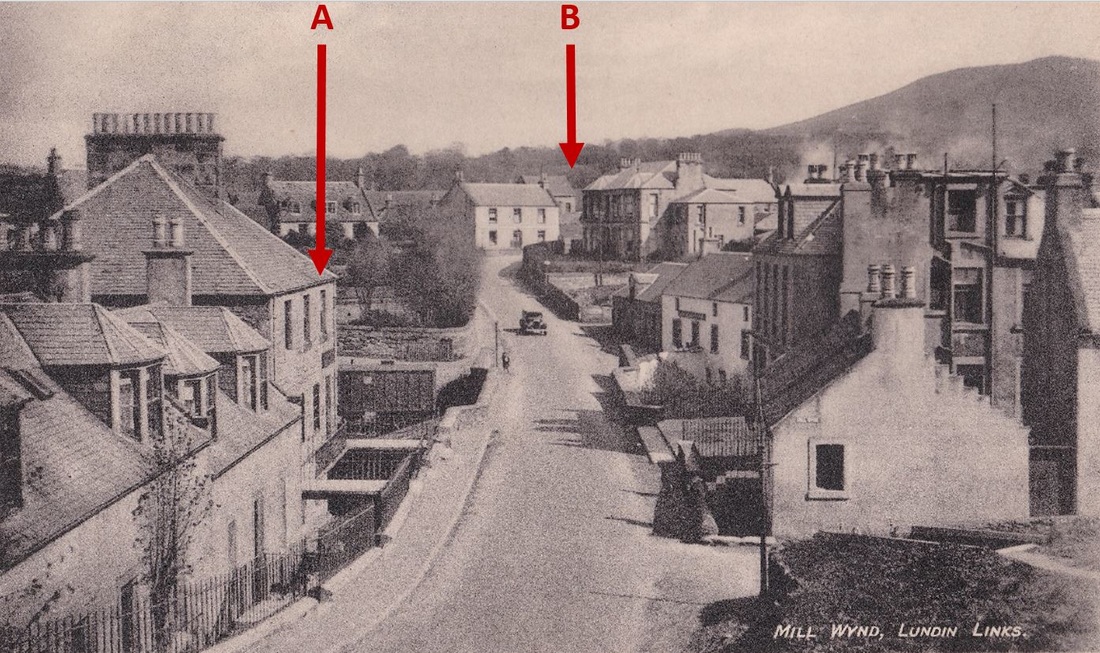
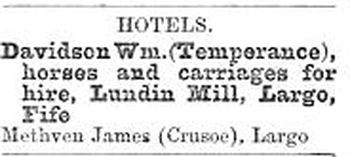
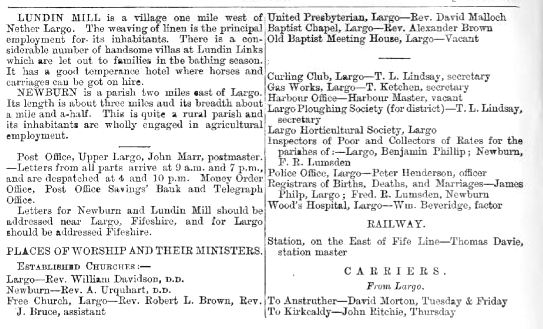
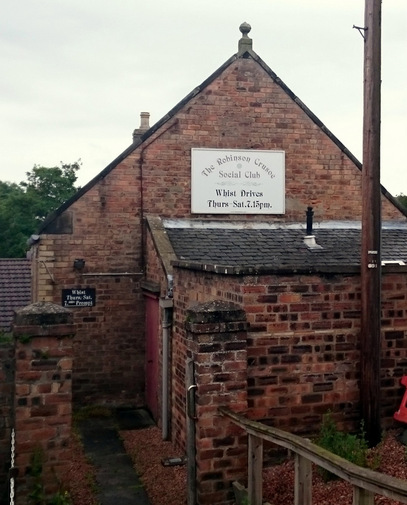
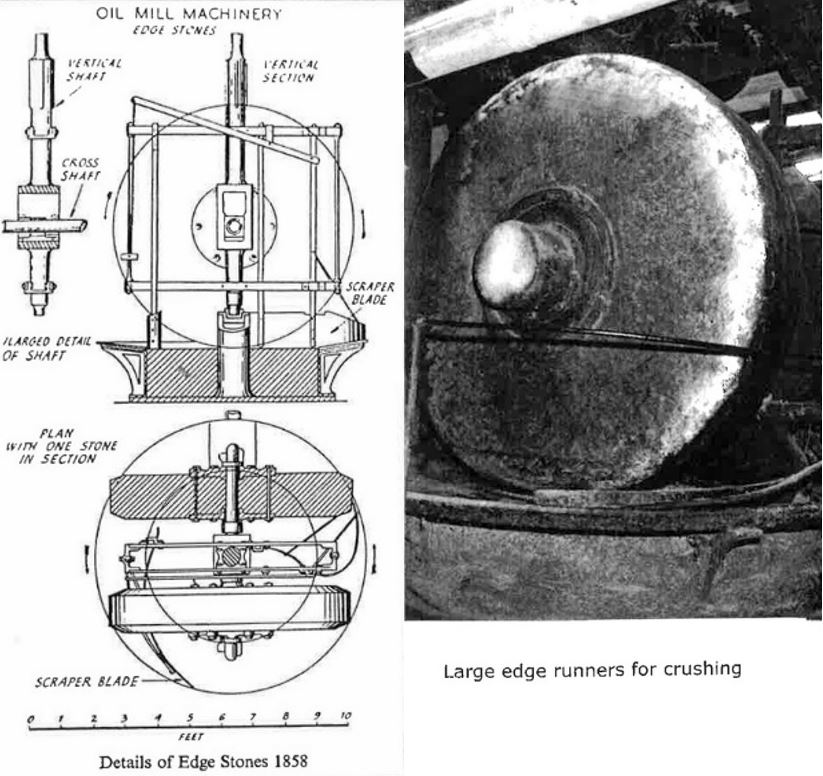
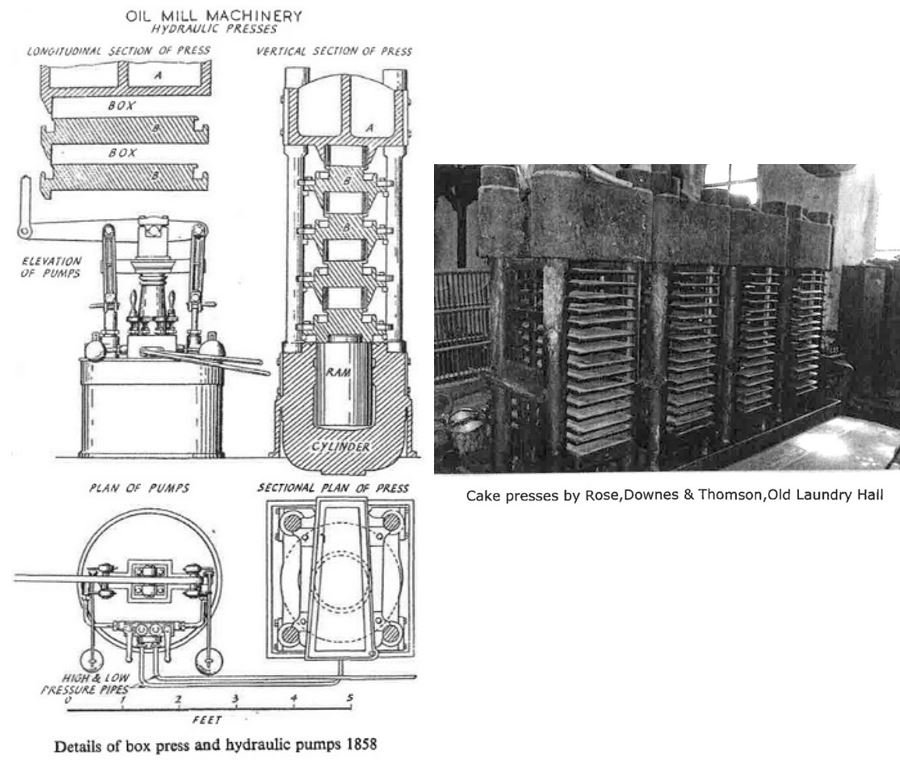
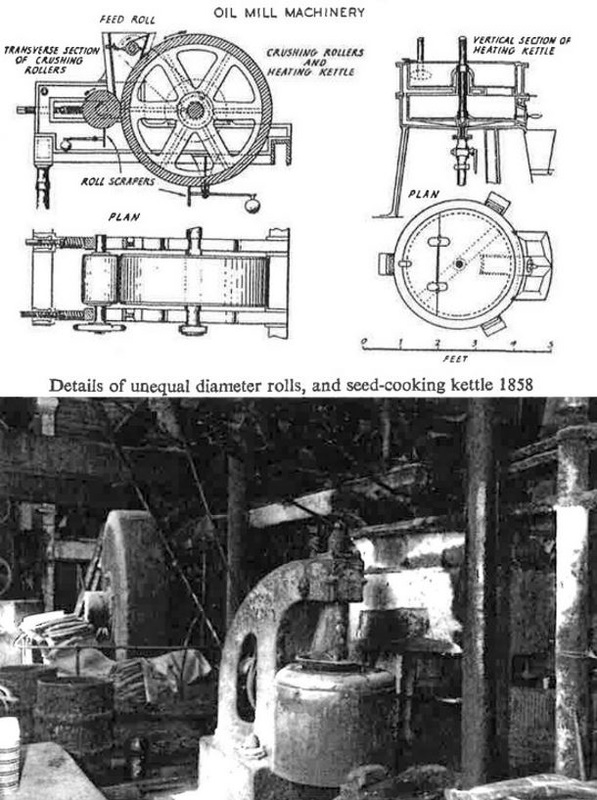
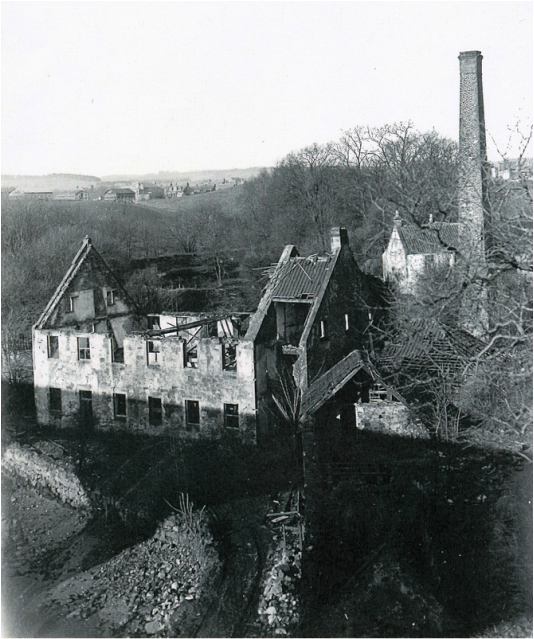
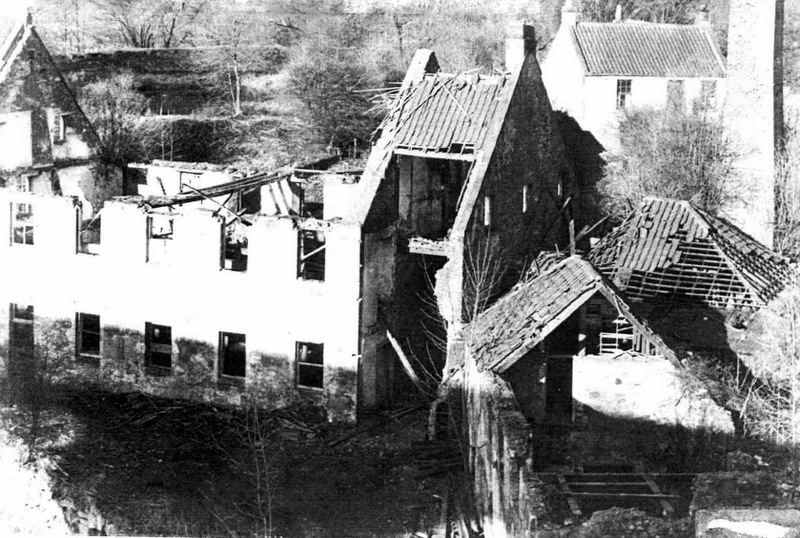

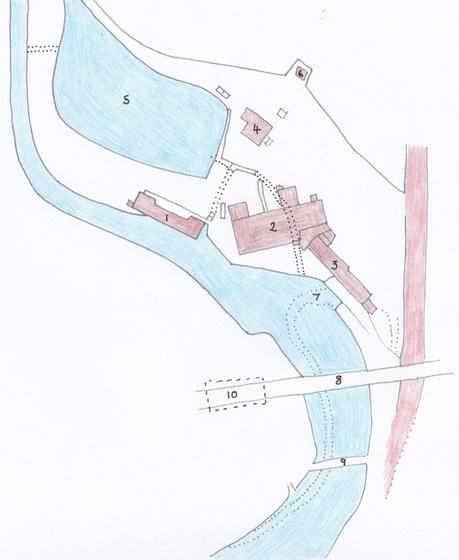
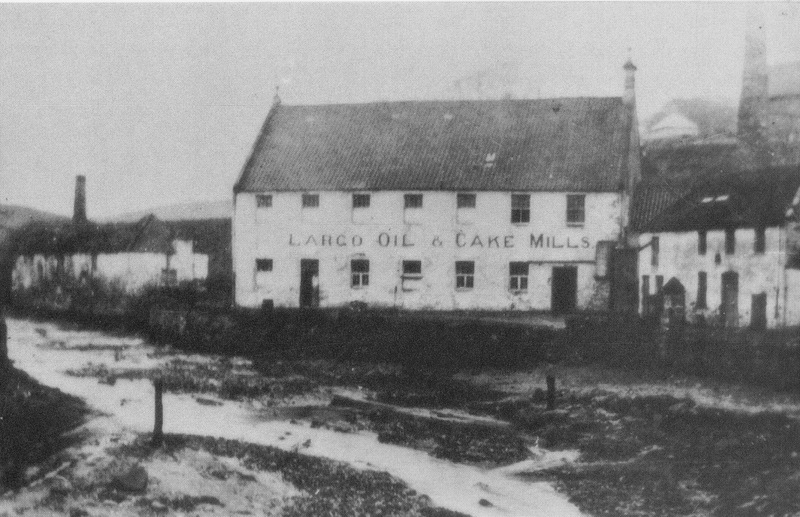
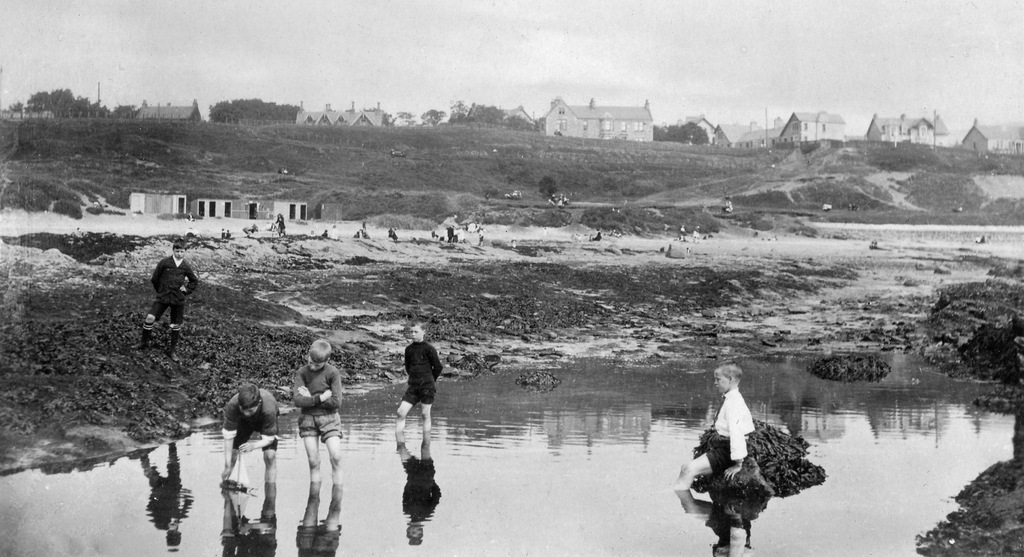
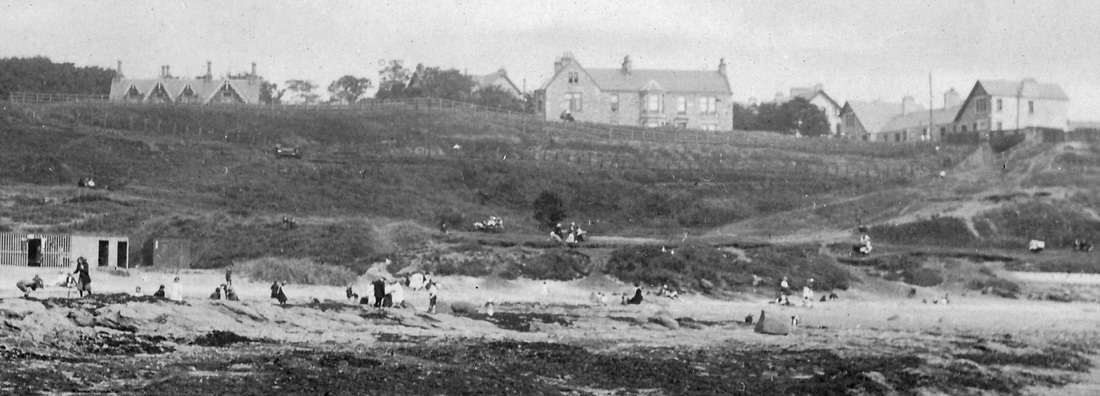
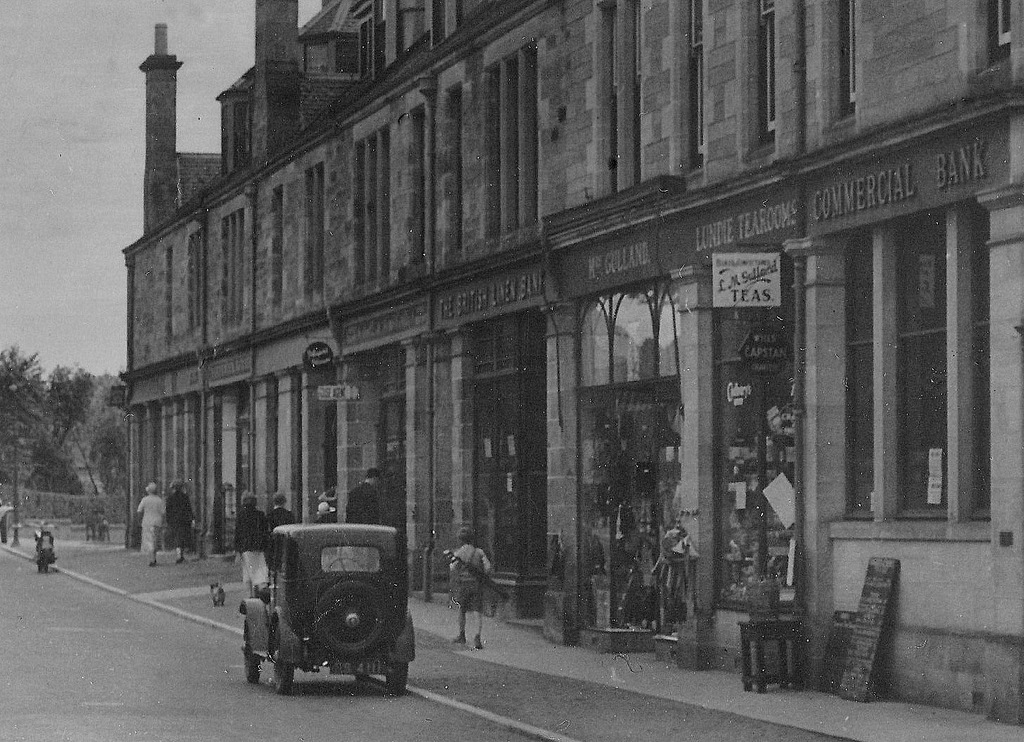
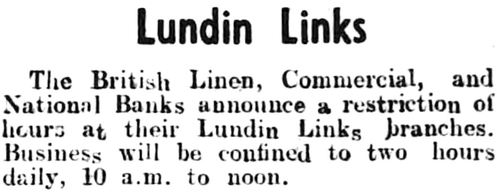
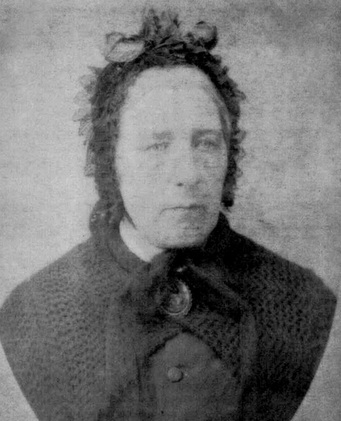
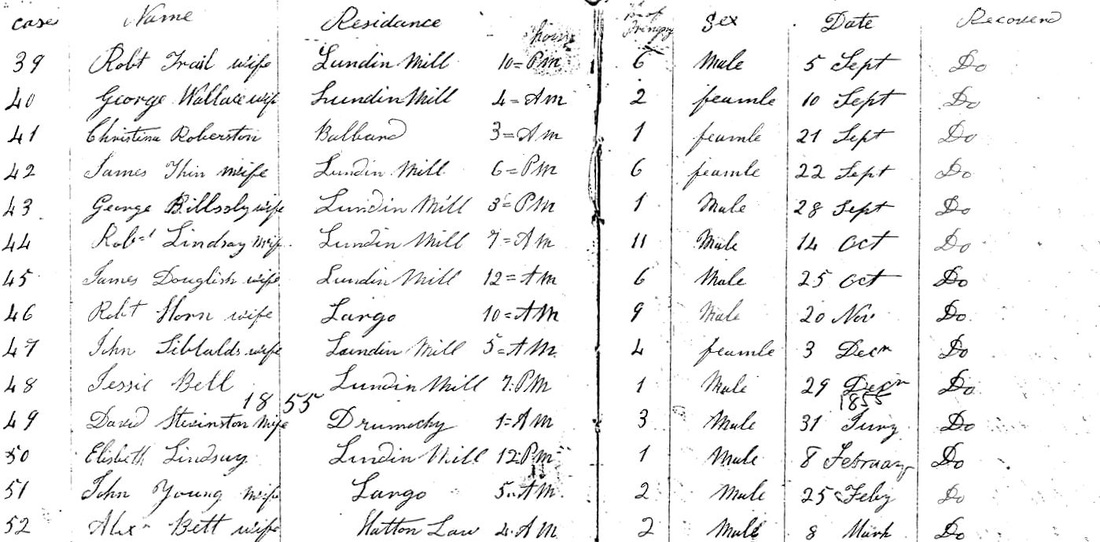
 RSS Feed
RSS Feed
